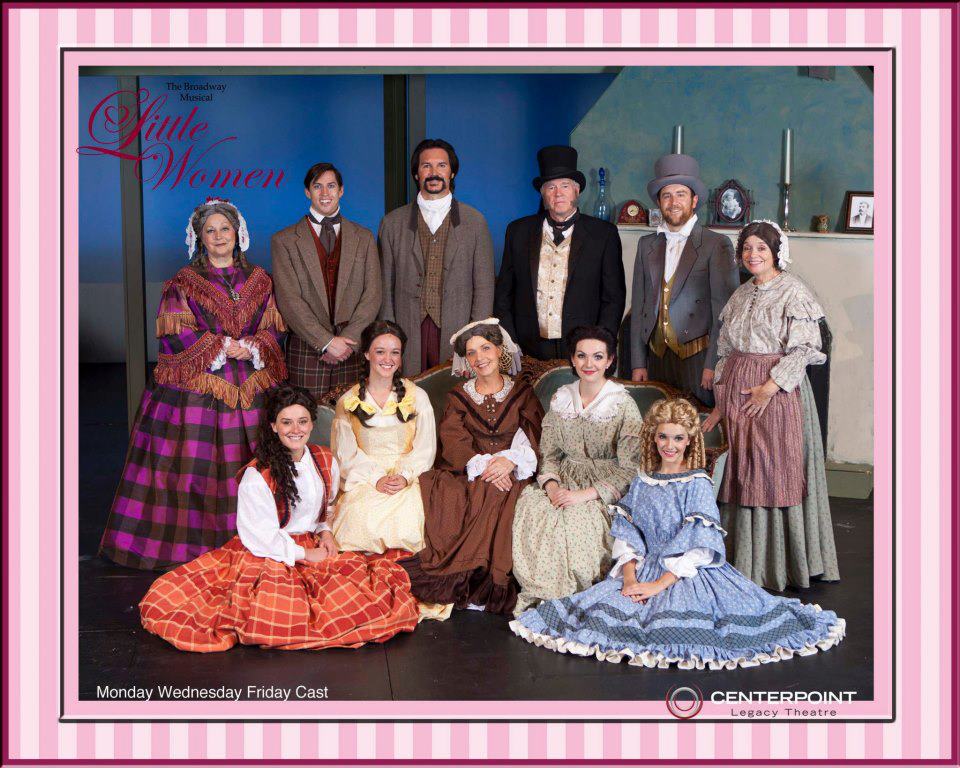LOGAN — The Thanksgiving Play written by Larissa Fasthorse, is presented by the Lyric Repertory Company this summer as a staged reading as a comedic satire of the traditional Thanksgiving story during “woke” times. Directed by Summer Session, this regional premiere staged reading has a cast of four players: AJ Black as Jaxton, Cat Evanelho as Alicia, Julia Hochner as Logan, and Matthew Abosamra as Caden. Set in a theatre classroom, the four characters decide to try and make their Thanksgiving play completely non-offensive.

Show closes July 17, 2021.
The show runs without an intermission, and at about 90 minutes long, it is the perfect length. Hochner as Logan embodies exactly what one would imagine a theatre teacher who is desperate to try and provide a production that meets all the requirements that the granting agency, special interests groups, and others have placed on her. I have seen the level of stress that Hochner embodied in her character in my own theatre teachers, and I chuckled when Logan begged Alicia to teach her how to just check out and relax.
Session made some interesting choices with this staged reading, and she made the production feel much more like a full play than a staged reading. (Only one cast member referring to a script at any point.) Because the action is set within a classroom, the set was minimal and limited to chairs, desks, and tables. However, the movements and directions that the players used with those pieces were thoughtful and creative and added a lot to the humor of the show.
Black displayed a great deal of facial comedy and physical comedy as Jaxton, an actor, self proclaimed yoga master, and Logan’s boyfriend. There were a few moments in the show where Black played other roles, such as random children or parents, and his facial expressions during those moments were priceless. He also had one of the best moments of the show: a scene where he delivered a line about how hard it is for a white man to feel “less than,” and he was so glad he felt it and he wanted to feel it again. Rather than playing the moment in a way that could either be annoying or mocking, Black played it to the humor that was intended.
Rounding out the performances was Abosamra as Caden, who had an awkward yet endearing way about his character that seemed to balance out the larger personalities of the other three. His best moments came later in the show when the larger personalities were about to take his moments in the spotlight, and he seemed to find his voice and stood out in a way that a character such as Caden would, showing the strength of the acting that Abosamra was able to do.
The plot of the show was clumsy by design, showing that sometimes balancing art and inclusion, especially when the purpose of inclusion is to check off a box or please a committee, can result in a stage full of nothing—or even a product more offensive than the original story. Some of the more impactful moments through the humor were the Thanksgiving songs and stories that the actors sang and recited in between scenes; I remember them from school and confess that I really did not think about much until hearing their frightening lyrics again tonight.
Lighting and projection design by Steven Piechocki added a lot to this production. In particular, I liked a scene where social media chatter was projected while the cast were singing a traditional Thanksgiving song, taking a humorous moment and adding thought provoking commentary of what the story was trying to say about fairness and balance—and what is left at the end when artists try to check each box. The conversations are important and it is still necessary to have them, but The Thanksgiving Play also shows the importance of the balance.

This review is generously supported by a grant from the Utah Division of Arts and Museums.





